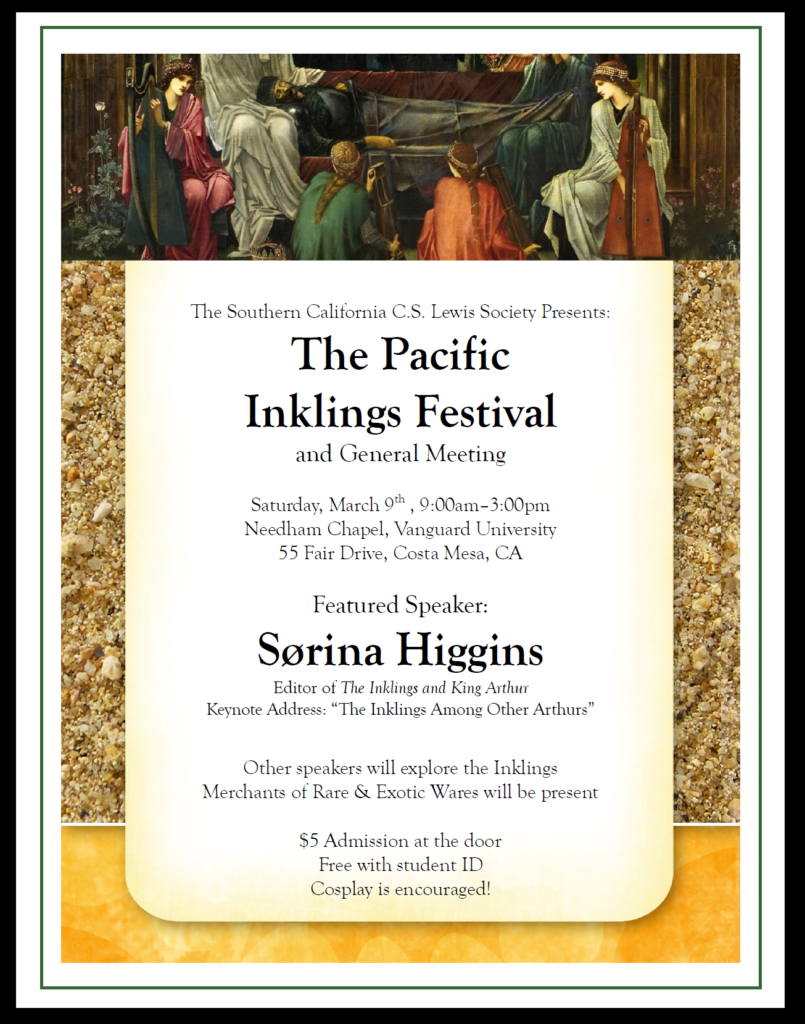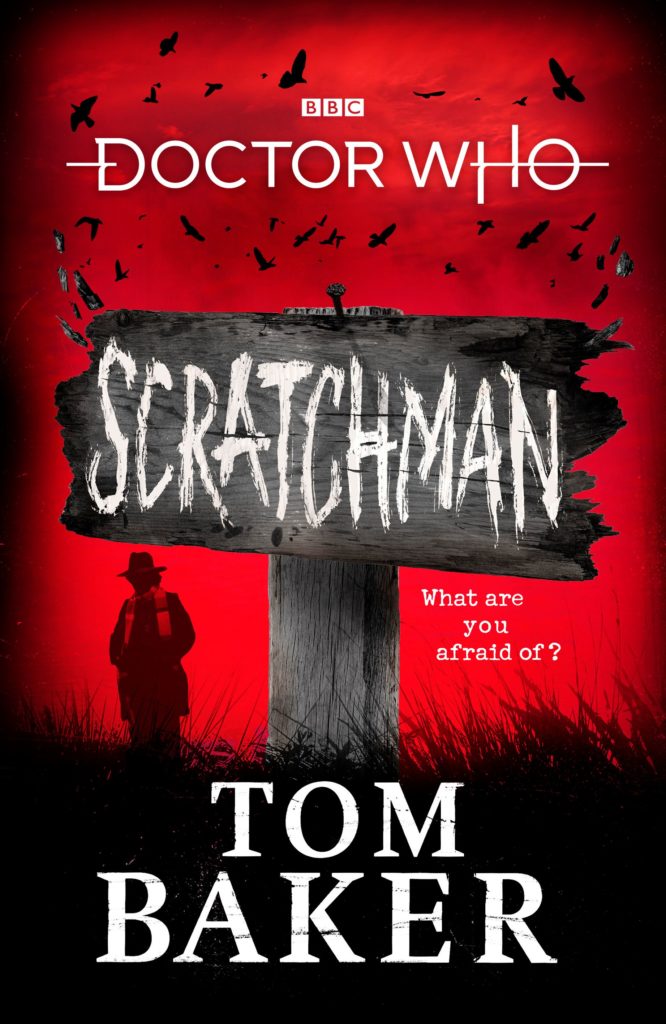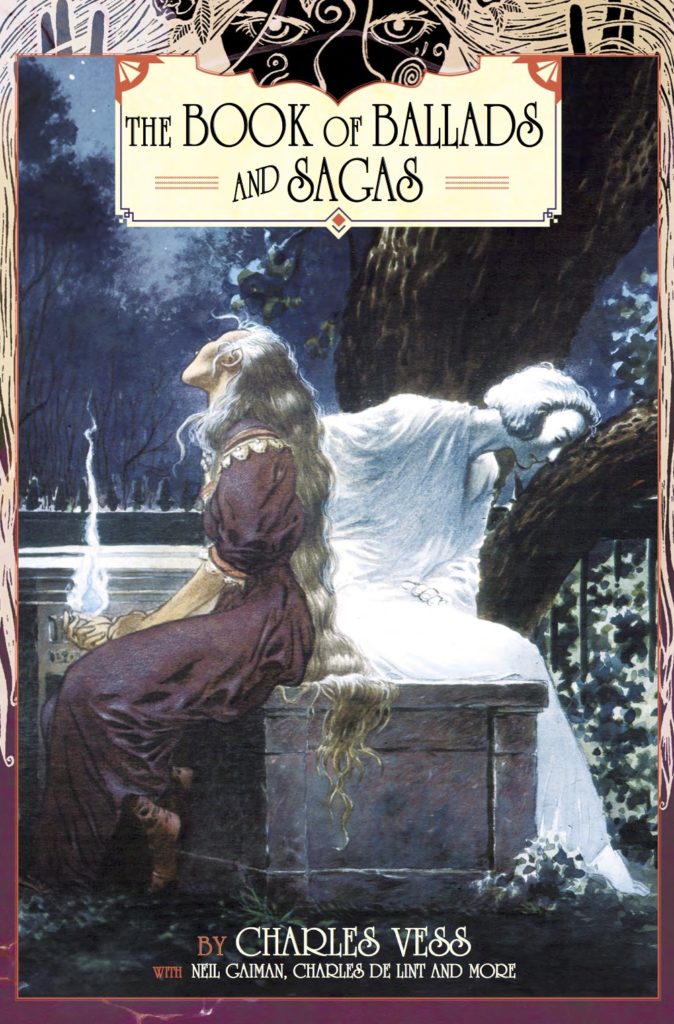
Before Mars by Emma Newman

Taste of Wrath by Matt Wallace

Searching for the Fleet by Kristine Kathryn Rusch

Andrea Cort by Adam-Troy Castro

Into the Fire by Elizabeth Moon

Europe at Dawn by Dave Hutchinson

The Mortal Word by Genevieve Cogman

There Before the Chaos by K.B. Wagers

The Tea Master and the Detective by Aliette de Bodard

The Accidental War by Walter Jon Williams
By JJ: With the Hugo Award nomination deadline only a month away, I thought it would be helpful for Filers to have a discussion about the potential nominees for Best Series. What follows is a précis of the series which I’m considering nominating for the Hugo Awards, telling you why I think these series are worthy.
Of the (as of this writing) 170 series listed on the Best Series Hugo: Eligible Series from 2018 page, I’ve read all or most of 43 series, 2 or 3 books each in five of the series, and 1 book each in thirteen of those series. That gives me more than 60 possibilities which I have to whittle down to a shortlist of 5 series.
While I do feel that some of the Best Series finalists from the past two years are Hugo-worthy, I’d like to highlight excellent series for which the individual volumes have not received much in the way of Hugo recognition thus far. So I’ve selected 10 series which I’ve especially enjoyed to feature in this post. These series, I feel, epitomize what the Best Series Hugo Award should be about: groups of works which, as a whole, are greater than the sum of their parts, and which, even if they’re still ongoing, can be said to have told a complete story at this point.
Because this post is about what I’ve read and liked, please bear in mind the following:
- I read predominantly science fiction, though I do read a fair bit of fantasy, and I especially enjoy science-fictional mysteries.
- I apparently had a stunted, defective childhood and do not find Tolkien-style fantasy, nor fairytale retellings or subversions, particularly compelling.
- I am not a big fan of urban fantasy or horror, especially not of vampires or Lovecraft.
- I have very definite opinions about what I like and don’t like, but these are of course entirely subjective, and the opinions of people who disagree with me are just wrong as valid.
This means that I am counting on you Filers to make a compelling case for your own favorites, to broaden the scope of this post. Please talk about the series you like in the comments, and tell everyone what you think makes them Hugo-worthy.
(As always, please be sure to rot-13 any spoilers.)
Hyperlinks are to stories and excerpts which are available to read for free on the internet.
Sin du Jour by Matt Wallace (list of works)
2018 work: Taste of Wrath (novella)
Notes: series contains 7 novellas and 1 short story; author has verifed that it meets the word count
What it’s about: Sin du Jour Catering has a specialty: they prepare banquets and dinners for supernatural beings and extraordinary events. But of course, no catering plan survives contact with the diners… the big question is whether the Sin du Jour crew will survive the inevitable catastrophes which ensue.
Why I think it’s great: This is an unexpected, clever, slyly-witty delight. The catering staff members are a diverse, idiosyncratic group of people who have managed, despite their annoying habits and their weaknesses, to make a true family with each other – and the author manages to weave his supernatural worldbuilding in with the real world so deftly that the reader can almost believe it’s all really true. Each volume tells a new story, but only the first novella really stands well on its own. As a whole, this series is the story of that family’s journey: lots of amusing and terrifying subplots to enjoy, full of adventure, heartbreak, humor, and caring.
Kylara Vatta / Vatta’s Peace by Elizabeth Moon (list of works)
2018 work: Into the Fire (novel)
Notes: subseries contains 2 novels; previous subseries Vatta’s War contains 5 novels; must be nominated under the main series, as the subseries has insufficient volumes. The author’s notes in the most recent novel give me concern that there won’t be any further volumes; I’d really like to see this series recognized while it’s still eligible.
What it’s about: Forced to resign in disgrace from the spaceforce academy due to another cadet’s treachery, Vatta’s family gets her out of the way by assigning her to captain one of their decrepit merchant cargo ships. She proves to be a capable, inventive captain, who must marshal her crew and allies when her extensive family group and their mercantile empire are attacked and assassinated on multiple planets and in space. Her strategic skills and leadership ability aid in her rise to lead the fleet in a galactic war… but even in victory, there are enemies lying in wait to take down her family’s company and the government.
Why I think it’s great: This is smart, fast-paced space adventure with a complex, clever, and competent main character and a supporting cast whose personalities become more deeply-developed over the course of each book. The strength of the series is that, while each book works as a standalone entry, the individual plots are woven into a larger, complex story, full of edge-of-the-seat action and political machinations.
Diving Universe by Kristine Kathryn Rusch (list of works)
2018 works: Searching for the Fleet (novel), The Rescue of the Renegat (novella), Dix (novella), Joyride (novella), and “Lieutenant Tightass” (novelette)
Notes: series contains 7 novels, 11 novellas, and 2 novelettes
What it’s about: The owner of a small spaceship-wreck exploration company discovers tantalizing clues to an ancient, more advanced spacefaring civilization, and embarks on an obsessive search for the relics which will bring more knowledge of those who came before… resulting in one really big, unexpected answer – which leads to many further mysteries.
Why I think it’s great: Scuba diving, but on spaceships! Time Travel! Ancient Mysteries! With an ever-widening cast of well-developed, complex characters, its extensive worldbuilding for a vast spacefaring civilization, mysteries to be solved, and adventures on many worlds, this series hits all of my sweet spots.
Andrea Cort / Draiken by Adam-Troy Castro (list of works)
2018 work: Blurred Lives (novella) and A Stab of the Knife (novella)
Notes: subseries contains 4 novellas; main series contains 3 novels, 4 novellas, and a novelette; must be nominated under the main series, as the subseries has insufficient word count
What it’s about: A brilliant, tenacious investigator and prosecutor, Andrea Cort serves the Diplomatic Corps of the Hom.Sap.Mercantile Empire, sent on missions to preserve the fragile peace between humans and other races. But Cort has a very dark past, and there are a lot of beings who, in their anger and contempt for her, wish to bring her a death from which the Corps protects her only as long as it suits their purposes. Draiken has retired from a profession as a highly-skilled spy and assassin for a powerful galactic organization… but his past, and his own demons, won’t let him escape so easily. Each of them faces encounters where only their own brilliance at finding the answers keeps them from being killed – but eventually their courses are destined to collide, in a game of cat-and-mouse that one of them may not survive.
Why I think it’s great: Not only is each of the stories in this series a standalone science-fictional mystery, they are so deftly-plotted, featuring intricate twists, that it’s only when the pieces slot into place that the brilliance of the plotting becomes apparent. The author has created compelling, well-fleshed-out characters, and fascinatingly-alien races and worlds, served up with intriguing spycraft and detective work.
Planetfall by Emma Newman (list of works)
2018 work: Before Mars (novel excerpt 1 excerpt 2)
Notes: series contains 3 novels
What it’s about: The first novel in the series tells the stories of the colonists on a distant, far-from-ideal planet and their gradual disintegration after their charismatic leader disappears. The second tells the stories of the people left behind on Earth, especially that of the son of one of the colonists and the resentment he faces from the rest of the planet. The third novel tells the story of an artist who accepts a position in-residence at a Mars habitat funded by an extremely wealthy man.
Why I think it’s great: Each of the novels in this series stands alone well, though they are set in the same near-future Earth universe and do have some interlinked threads. Each novel features a different compelling mystery and main character who must solve it in order to save their own life. The worldbuilding is plausible, and the characters wonderfully multi-faceted. I think that each novel has been progressively more intricate and skillful, creating a well-crafted vision of a possible not-too-distant future.
Xuya Universe by Aliette de Bodard (list of works)
2018 work: The Tea Master and the Detective (novella – scroll down for excerpt)
Notes: series consists of 25 short stories novelettes, and novellas; author has verifed that it meets the word count
What it’s about: Xuya is an alternate history universe where China discovered the Americas before the West, which led to a global Asian domination of the globe rather than the Western one – and to a space age initially dominated by Chinese and Vietnamese galactic empires.
Why I think it’s great: The author’s worldbuilding through the numerous stories in this universe is deep and extensive. The different cultural perspective makes it a refreshing change from Western-oriented science fiction. It features sentient ships capable of subdimensional intergalactic travel, resulting in widespread colonization of space, and mysterious technologies of weaponry and teleportation. Rather than featuring a small core cast of characters, this series finds its strength in the breadth of the worldbuilding details and insights into the personalities of many different characters.
Invisible Library by Genevieve Cogman (list of works)
2018 work: The Mortal Word (novel)
Notes: series contains 5 novels
What it’s about: As a librarian for the mysterious Library, Irene is not only a researcher, but a professional spy and thief, acquiring variant versions of significant works from alternate realities (some of which are very like our own, and some which differ wildly). Time spent in The Library is outside of real time – librarians do not age while they are there, and thus are nearly immortal. However, Irene is at the beginning of her career, just out of training, and after being viciously betrayed by her mentor, must undertake missions to prove her value. After being saddled with her own inexperienced apprentice – who has some dark secrets of his own – she is sent to various worlds, where others with their own nefarious purposes will try to thwart her success in favor of her own.
Why I think it’s great: Like many avid readers, I admire and adore librarians, with their seemingly-magical powers of knowing which books will meet various needs, and their ability to find almost anything. The adventures in this series include mysteries, dragons, fae, magical language which can compel objects to behave contrary to their ordinary nature, endless alternate timelines to explore, complex villains, and books, books, and more books. The author’s storytelling skills have leveled-up as the series has progressed, and each new entry released is an automatic addition to my TBR.
Fractured Europe by Dave Hutchinson (list of works)
2018 work: Europe at Dawn (novel)
Notes: series contains 4 novels
What it’s about: This fantasy series features a near-future Europe where the Union has fallen apart in the wake of a catastrophic pandemic and subsequent economic collapse. The borders of countries are constantly shifting and increasingly fragmented with the political winds, making mail and freight service unreliable and impractical. A mysterious spy/courier organization has come into existence, with agents who are heavily trained in spycraft and subterfuge and who will, for a hefty fee, deliver packages in a timely fashion across what are now frequently tightly-controlled and policed – or even impassable – borders. The main character, a chef who moonlights as a courier, discovers a shocking revelation: na nygreangr jbeyq shyy bs crbcyr ybfg va gvzr, juvpu pb-rkvfgf jvguva gur fnzr trbtencul nf Rhebcr, naq juvpu pna or npprffrq ivn n srj frperg ragenaprf. Naq vgf erfvqragf unir gurve bja frperg ntraqn, bar juvpu znl cebir sngny gb gur Rhebcr ur xabjf.
Why I think it’s great: The first novel can be read on its own, but the full depth of the worldbuilding slowly develops over the course of the series, with each successive volume producing new revelations which gradually weave a larger tapestry. The mysteries and spycraft are of the sort found in Le Carré novels, with some deadpan humor and lots of suspense as the mysteries unfold and random events take on significance. This is one of those series which richly rewards a re-read, as hindsight provides a new perspective on events as they occur.
The Praxis by Walter Jon Williams (list of works)
2018 work: The Accidental War (novel)
Notes: series contains 5 novels, 2 novellas, and a short story
What it’s about: This series begins with the end of the rule of a powerful alien race who conquered humans as well as numerous other alien species, setting them all under a rigid doctrine of laws known as The Praxis. The power vacuum created by the end of their empire (bored with life after many millennia, they have deliberately wiped themselves out) provides the opportunity for one of the other races to attempt a takeover – one in which the humans will be on the receiving end of some serious oppression. However, two different officers of the Terran navy, each a brilliant tactician in their own way, fight on different fronts to prevent that takeover and change the empire into some version of democracy (or at least an approximation of equality among species).
Why I think it’s great: Readers who appreciate military and social strategy, tricks, and tactics will find a lot to enjoy here – and there are some good mysteries and suspense thrown in, to boot. The main characters are well-developed and sympathetic, while still being complex and flawed, and the author continues to expand the worldbuilding with each entry in the series. As a whole, this series is very much a greater adventure than the sum of its parts.
Hail Bristol / Farian War by K. B. Wagers (list of works)
2018 work: There Before the Chaos (novel)
Notes: first novel in this subseries; previous subseries Indranan War contains 3 novels; must be nominated under the main series, as the subseries has insufficient volumes
What it’s about: After her father is killed, a younger daughter of the Empress, who disdains life in the royal court, runs off to become a feared gunrunner with criminal ties. When her sister-heirs are assassinated, with the Empress deathly ill, the royal bodyguards come to drag her, unwillingly, back to her obligations to the throne. But there are forces still hiding within the empire who want her – and her family – out of the picture for good, and she must fight to stay alive while she tries to bring some stability to her planet and her people.
Why I think it’s great: Not only does this series feature a kickass strong protagonist, it also portrays a matriarchal ruling structure which she recognizes as being inherently sexist and wrong, and must work to reform. Even her enemies are people who do what they do for the sake of what they believe is right, and there is no simple good vs. bad story here. It’s also a story of finding your family among the people around you, of obligation and duty versus desire, of loyalty and betrayal, of cruelty and kindness, and of hope.


















